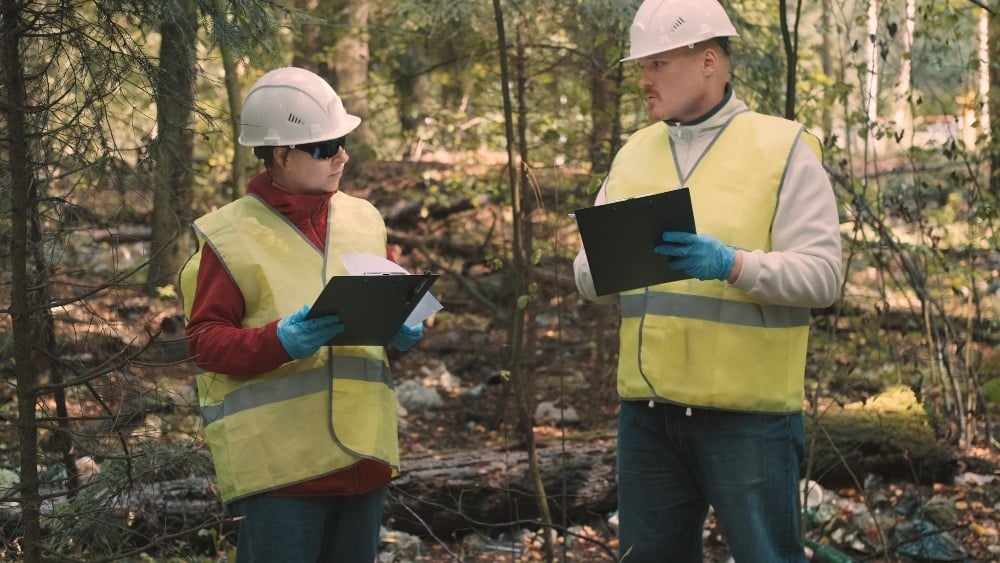Remote work offers flexibility but also presents unique safety challenges—especially in industries where heavy machinery, complex processes, and high operational standards are part of the job. Workers in remote locations may not have immediate access to the safety resources typically available in centralized environments. That’s why strong communication, monitoring, and inspection practices are essential.
This guide provides practical steps for conducting effective safety inspections for remote workers, helping you ensure their environment is safe, productive, and compliant.
Building a Remote Safety Framework
-
Set Clear and Accessible Safety Protocols
Safety starts with clarity. Remote workers need easily accessible protocols that address their roles and environments. These should include emergency procedures, operational hazard guidelines, and everyday safeguards tailored to their unique working conditions. -
Offer Ongoing Training
Safety is a continuous learning process. Regularly update workers with training opportunities that suit their remote settings. Digital resources like webinars, online courses, and safety demonstrations can inform employees about the latest safety practices and standards.
Conducting Remote Inspections
-
Leverage Virtual Inspections
Technology makes it possible to conduct safety inspections without being physically present. Use tools like video conferencing or mobile inspection apps to perform virtual walkthroughs and audits. This saves time and costs and ensures safety protocols are being followed in real-time. -
Enable Real-Time Reporting
Equip remote workers with mobile inspection tools to immediately report hazards, maintenance needs, or safety concerns. Features like GPS tagging, photo uploads, and reminders for equipment checks can make safety reporting seamless and comprehensive. -
Use Data to Improve Safety
Analyze the data collected from inspections, safety incidents, and reports to identify trends or recurring issues. This proactive approach helps you address potential risks before they escalate into major problems.
Staying Connected and Compliant
-
Host Regular Safety Check-Ins
Virtual safety meetings keep communication open. They allow remote workers to voice concerns, share feedback, and align with the team on safety priorities. -
Perform Random Audits
Periodic compliance audits are a great way to ensure safety protocols are consistently followed. Digital tools make it easy to document findings, schedule follow-ups, and securely store records for future reference.
Putting It All Together
Keeping remote workers safe doesn’t have to be overwhelming. With the right planning, communication, and technology mix, you can create a strong safety culture—even for teams working far from your primary operations.
At The Checker, we’re passionate about helping businesses maintain safe and efficient operations. Using tools like mobile inspections and real-time data reporting can make remote safety inspections easier, more effective, and more reliable. It’s not just about meeting compliance standards—it’s about creating an environment where your workers feel supported and protected, no matter where they are.
Want to learn more about improving safety inspections for remote teams? Start with a simple framework, equip your workers with the right tools, and take advantage of the insights modern technology can provide.











